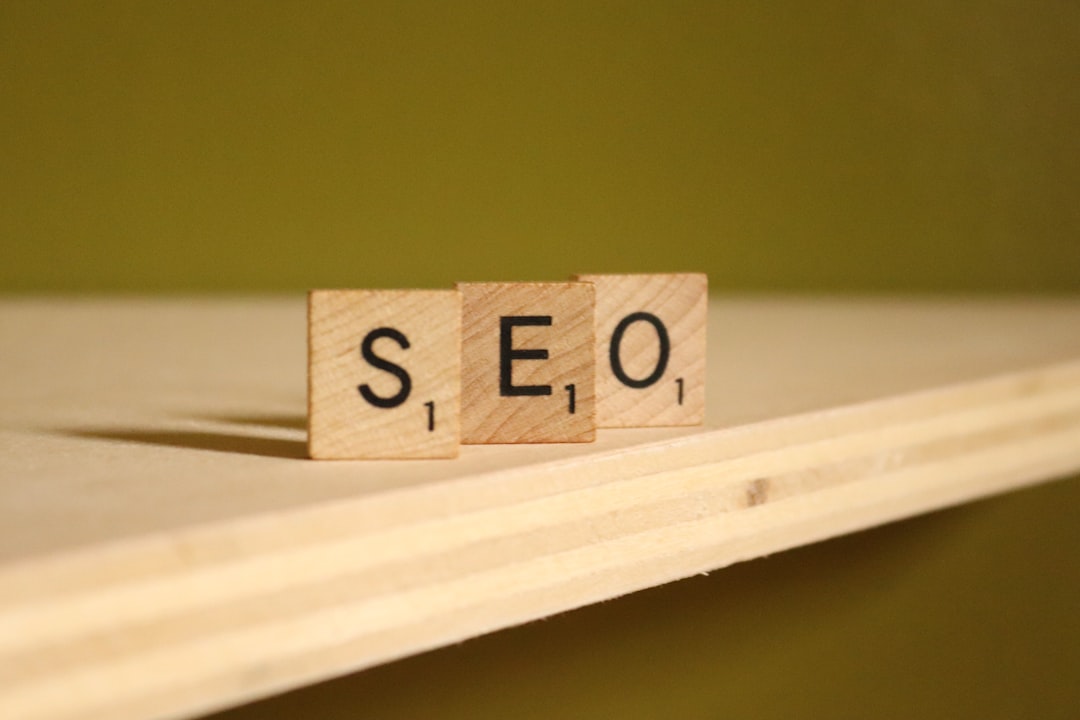With Google’s algorithm constantly evolving, boosting SEO rankings requires more than just high-quality content and backlinks. Many website owners are turning to behavioral signals—particularly organic click-through rate (CTR)—to increase their rankings. Two notable platforms that claim to help with this are SerpClix and SerpSEO. But which of them delivers better results for SEO enhancement?
Understanding the Basics
SerpClix and SerpSEO are both services that aim to improve your website’s position in search engine results pages (SERPs) by artificially boosting your click-through rate. They do this by sending real or simulated users to click on your website in Google’s search results, signaling popularity and relevance to the search engine.
While on the surface their goals are the same, the two platforms differ widely in their execution, user interface, and effectiveness.

SerpClix: Features and Benefits
SerpClix is known for its user-friendly interface and large network of real human clickers primarily based in the United States. Here are some standout features:
- Human Clickers: All traffic comes from actual people rather than bots or proxies, which makes the session seem more authentic to Google.
- Geo-targeting: Allows you to specify the country from which you want the clicks to originate.
- Dwell Time Customization: You can choose how long the visitor stays on the page, which adds to the authenticity of the interaction.
- Click Retargeting: Capability to send follow-up clicks, making it appear as if the user is returning to your site again.
This human approach has its upsides. Since Google algorithms can detect bot-like behavior, SerpClix’s reliance on real users can yield better engagement metrics and lower bounce rates.
SerpSEO: The AI-Driven Alternative
SerpSEO, on the other hand, adopts a more data-driven and automated approach. It uses advanced AI and integrated proxies to replicate user behavior. Key features include:
- Automated Campaigns: You can set up campaigns with minimal effort and let the platform optimize them for you.
- Bot Simulation: Simulates human interactions like scrolling, clicking internal links, and lingering on pages.
- Budget Control: Offers advanced budgeting tools that allow small businesses to get started with minimal spend.
- Competition Analysis: Provides insights into what competitors are ranking for and mimics their click metrics to level the playfield.

One downside to SerpSEO is that although it mimics real human behavior closely, search engines are continually developing algorithms designed to detect such simulated interactions. This means the long-term effectiveness may vary depending on Google’s tech updates.
Which Service Boosts SEO Rankings Better?
Both platforms offer value, but their strength lies in different areas. Here’s a side-by-side comparison:
| Feature | SerpClix | SerpSEO |
|---|---|---|
| Traffic Authenticity | 100% human | Simulated AI clicks |
| Dwell Time Control | Customizable | Automated simulation |
| Ease of Use | User-friendly platform | Set-it-and-forget-it automation |
| Analytics and Reporting | Basic real-time stats | In-depth competitive data |
Best Use Cases
Each platform excels in different scenarios:
- SerpClix is ideal for businesses seeking authentic engagement, where avoiding flags from search engines is critical.
- SerpSEO works best for automated campaigns and experimentation with advanced analytics and scalable pricing options.
Final Thoughts
In the end, the best choice between SerpClix and SerpSEO depends on your SEO goals and risk tolerance. If you prioritize safety and authenticity, SerpClix has the edge due to its reliance on human traffic. However, if you’re looking for automation and deep analytics, SerpSEO might be more aligned with your objectives.
Regardless of the platform you choose, remember that click-through manipulation is only a part of a broader SEO strategy. High-quality content, relevant backlinks, and excellent user experience remain the fundamental pillars of sustainable SEO success.